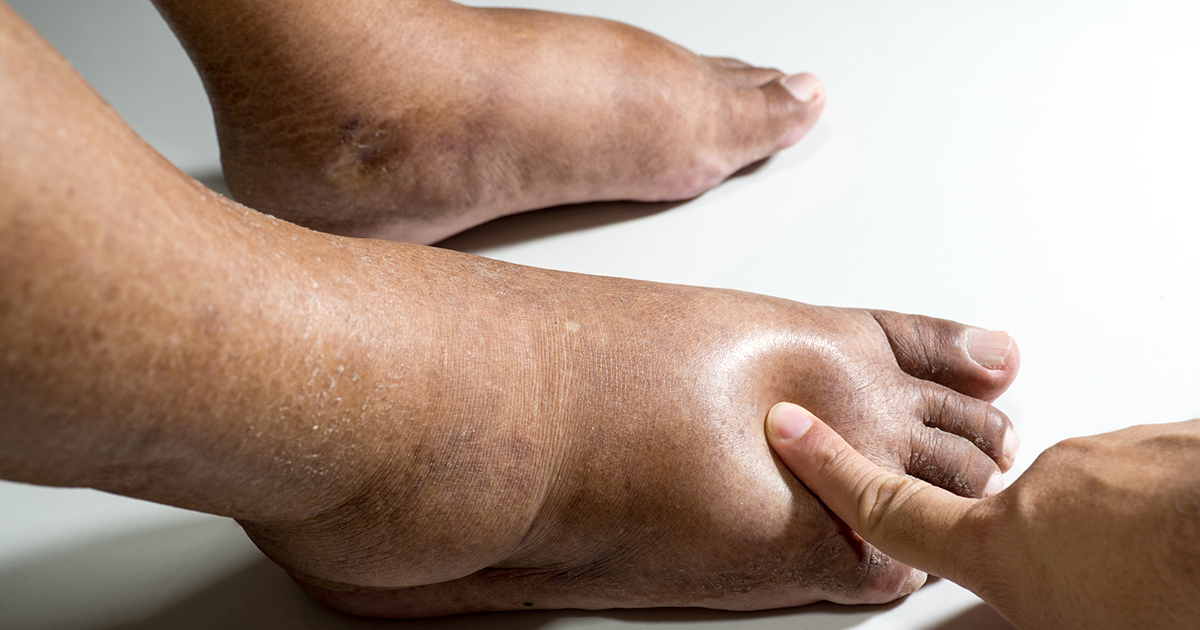Guide To The Symptoms Of Endocarditis
Heart Murmur
A new or changed heart murmur can indicate an individual has endocarditis. A healthy heart when listened to has two distinct sounds, a lub noise, and a dub noise. The lub sound is produced by the closing of the tricuspid and mitral valves. The dub sound is produced by the closing of the aortic and pulmonic valves. A heart murmur is an abnormal sound of swishing when listening to the heart. Abnormal or turbulent blood flow through or across a valve in the heart causes a heart murmur.
Endocarditis can progress quickly and severely, or it may progress slowly and subtly. Many forms of acute endocarditis are caused by a direct pathogenic attack on a valve within the heart that rapidly causes damage to the previously normal valve tissue. Anytime a valve in the heart becomes damaged, the flow of blood through or across it becomes altered and produces an abnormal sound. A new heart murmur is most often associated with the acute forms of endocarditis, where a change in an existing heart murmur is most often associated with the subacute forms of endocarditis.
Read more about the symptoms of endocarditis now.
Swelling In The Feet And Legs

Endocarditis can produce swelling in the feet and legs of individuals affected by it. This symptom is common in individuals who had existing heart disease or conditions before developing endocarditis. Endocarditis causes the existing heart condition to progress or worsen, resulting in decompensated heart failure with obvious symptoms. Swelling in the feet and legs or peripheral edema occurs when the heart begins to fail. Blood moves through the veins in the body back to the right chambers of the heart. It moves through the lungs and back through the left chambers of the heart before it is then pumped back around the body. When endocarditis causes damage to the heart that results in reduced function, the blood in the veins can get backed up because the right side of the heart is unable to keep up. Excess blood can settle in the veins of the feet and legs, eventually forcing fluids out of the vessel walls into surrounding tissues. This excess fluid in the tissues is called edema, and it occurs in the lower peripherals due to the force of gravity. Swelling in the feet and legs is typically not one of the first symptoms to manifest in an endocarditis patient.
Keep reading to learn about more endocarditis symptoms now.
